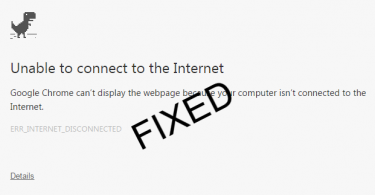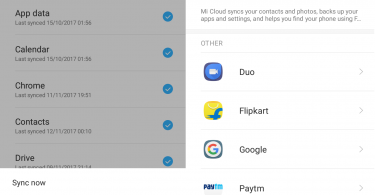Are you a windows user? If yes, then for you it is important to know what is SvcHost.exe? Many of us have heard this term before, But today, I am here to explain to you that what actually this mysterious term is? Is SvcHost.exe a virus? I am going to share my deeper understanding of what this procedure really does and how you can approach settling a portion of the issues that may happen. It can interrupt the overall functioning of the computer and cause a high CPU Usage problem.
What Is SvcHost?
The term SvcHost, otherwise called svcHost.exe or Service Host, is a procedure used to have at least one Windows working framework administrations. The svcHost.exe Microsoft Windows executable document is marked as Generic Host Process for Win32 Services. This is a required Windows record and is utilized to stack required Dynamic-Link Library (DLL) documents that are utilized with Microsoft Windows and Windows programs that keep running on your PC.
It is a host service in Windows is essentially a program in the working framework that completes a specific occupation and keeps running out of sight constantly when your PC is on, regardless of whether you are not signed in.
Check this post: Best Overclocking Software For PC
SvcHost.exe: Is It A Virus?
SvcHost.exe isn’t a Virus. svcHost.exe is a non-specific host process name for administrations that keep running from dynamic-link libraries. In the event that multiple of these are running, this could be an indication of Malware or Trojans. Malware, or malicious software, is any program or file that is harmful to a computer user.
Step by step instructions to discover svchost.exe on your PC utilizing the command line.
Step 1. First, click the start menu and then click run. In the Run window that appears, type in cmd and press ok.
Step 2. Type “tasklist/svc” into the command window and press Enter, Now you’ll be able to see all of the listed dynamic libraries that svchost.exe is running along with it’s unique ID number and the services. In order to get some more helpful data about the procedure, we can utilize the Services program in Windows.
Step 3. Right-click on My Computer choose Manage. On the resulting screen, choose computer management and then choose Services And Applications Finally, choose Services.
Step 4. Each SvcHost runs services based on logical service groups. Now try to match the cryptic Windows service name with the easily readable names in the Services tab. This is a little and can take some time in light of the fact that on the off chance that you take the procedure with ID 1436 and its name WudfSvc, you need to endeavor to discover it in the rundown. In the event that you double tap on one the likewise, so’s the means by which you can coordinate them up.
As you can see, the Windows Driver Foundation service is actually called wudfsvc for short!
Check This: How To Install an All-in-One CPU Water Cooler
Easiest Way To Identify svchost.exe Processes via Process Explorer
Look at the Process Explorer apparatus from Microsoft (initially from SysInternals). The instrument is totally free and gives you full information data for each procedure as of now running. When you download it, simply run the exe document as it doesn’t need to be introduced. Drift your mouse over the SvcHost procedure and you’ll get a popup showing you which services are running under that process. The pleasant thing about the process that it gets you the friendly name for each process instead of the short name.
How to find System is affected by Svchost.exe malware?
Firstly, Open your Windows Task Manager by pressing CTRL + ALT + DEL on your keyboard,
- Now, Right click on the svchost.exe and Select Open File Location, it will be showing you the path where the file is actually located c:\windows\system32 or c:\winnt\system32.
If it gets open in some other Location, at that point it is certain that the system is tainted with svchost.exe malware.”
How does the Svchost.exe malware carry on?
If your computer is infected with the Svchost.exe virus, this infection may contact a remote host for the following purposes :
- To report another infection to its creator
- To get Configuration or other information
- To download and execute arbitrary files (counting refreshes or extra malware)
- To get guideline from a remote attacker
- To transfer information taken from the influenced PC
How to Get rid of from SVCHOST.exe
So here are some of the best ways to get rid of SVCHost virus!!
Method 1: Use Malwarebytes to remove the SvcHost.exe Malware
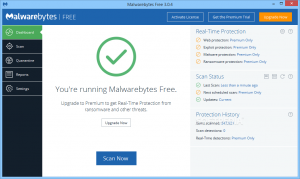
Step 2: After the downloading is finished, double-click on the ” mb3-setup-consumer” file to install Malwarebytes on your computer.
Step 3: Now a pop up comes out, asking if you want to allow Malwarebytes to make changes to your device. you should click “Yes” to proceed with the installation.When the Malwarebytes starts, you will see the Malwarebytes setup wizard which will control you through the Installation procedure.
Step 4: After the Malwarebytes get installed, It will automatically start and update the antivirus database. To start a system scan you can click on the “Scan Now” button.
Step 5: At the point when the scan has finished, you will be given a screen presenting the malware diseases that Malwarebytes has distinguished. To remove the malevolent projects that Malwarebytes has discovered, click on the “Quarantine Selected” button.
Step 6: Malwarebytes will now quarantine all the malicious documents and registry keys that it has found. To complete the malware expulsion process, Malwarebytes may ask for that you restart your computer. When the malware evacuation process is done, you can close Malwarebytes and continue with the straggling leftovers of the headings.
Here, The methodology is done!
Method 2: Use Rkill to stop the malicious process
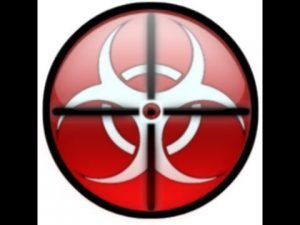
Step 2: Double-click on Rkill program to stop the malicious programs from running.
Step 3: RKill will now begin working out of sight, please try to remain quiet while this utility searches for noxious process and tries to end them.
Step 4: At the point when the Rkill device has finished its undertaking, it will create a log. Try not to reboot your PC in the wake of running RKill as the malware projects will begin once more.
Here, The methodology is done!
So these are a couple of simple and easy ways to learn more about the svchost.exe.

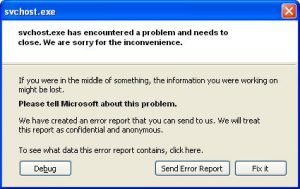
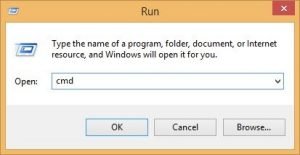
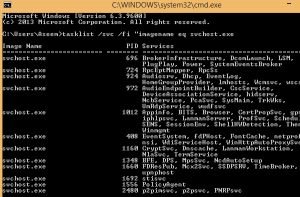
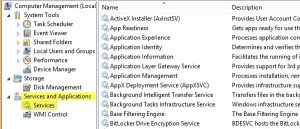
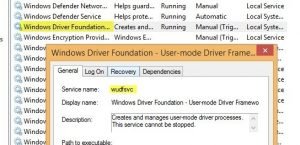
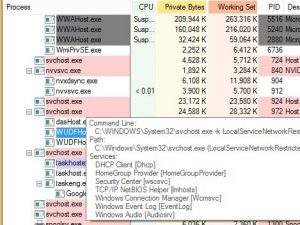
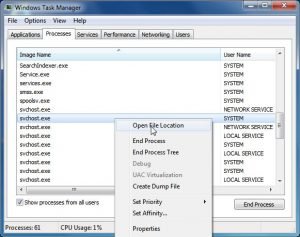 Firstly, Open your Windows Task Manager by pressing CTRL + ALT + DEL on your keyboard,
Firstly, Open your Windows Task Manager by pressing CTRL + ALT + DEL on your keyboard,


















